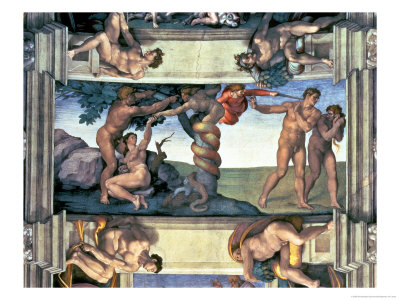 |
| Feria de Sevilla. |
Every year in Seville two weeks after Semana Santa, the sevillanos put on their party hats for six straight days for Feria de Abril, or April's Fair. This 150 year-old tradition dates back to a cattle fair that used to be held in the city. Now, however, Feria has evolved into a citywide festival with dancing, singing, eating and drinking. Almost every city in Spain has its own Feria, but the Feria of Seville is known as the most widespread and fun.
 |
| The gleaming Portada that welcomes people to Feria. |
For the past 20 years or so, Feria has been held in the Parque de los Príncipes, in the Remedios of Seville. There, hundreds of casetas are set up to receive guests. These casetas are small, open tents which can fit anywhere from 20 to 150 people at a time. The casetas often have tables for sitting and eating, a large dance area and a bar that serves tapas and the customary drink of Feria, rebujitos. Rebujitos are typical Andalusian mixtures of manzanilla, a pale sherry, and Sprite. These casetas can be private or public, some are owned by individual families while others are rented by clubs, restaurants or political parties. I hopped around some of the public casetas, but was also invited into a few private casetas by my American friends' host parents.
 |
| A long row of casetas. |
Yet, sevillanos take their Andalusian heritage one step further with the garb. During Feria, the women all wear trajes de flamenco, flowing, ruffled gowns, often coupled with matching shoes, scarves and a tightly wound hairstyle with a large flower. The men, on the other hand, wear neatly pressed suits, sometimes with a ruffled undershirt, flat-brimmed cordobés hats, short jacket and boots. Additionally, many sevillanos arrive in style, renting and riding horses from their home over to the Feria grounds. It is also typical to pay for a horse and carriage to chauffeur you and your family to Feria.
 |
| A sevillano family gets carted off to Feria. |
Feria is a time of merrymaking and dancing, as all of the sevillanos perform the same signature dance, Sevillanas. The women twist and turn their hands in the air and whirl around, while the men have several steps and turns they themselves must know. One of our sevillana friends tried to teach some of the American girls how to do the Feria dance. Her advice, regarding the elegant hand movements, was to "Take the apple, and throw it away." I tried to keep time with the moves, but was consistently outperformed by children no older than seven. Just as the adults, the children wear the traditional outfits and, also like the adults, they often stay out all night. There are no classes during the week of Feria, so the Spanish children, like their older counterparts, can be seen dancing and playing until 5 or 6 in the morning.
 |
| Carnival rides at Feria. |
 |
| Bob Esponja! |
Aside from the casetas, Feria de Abril has a carnival section with a grand collection of rides and games. My friends and I would hop around the casetas each night, dancing, eating and drinking, and then end our night by riding the Ferris wheel, the swinging ship or Gigante XXL, a ride that takes you upside down at rapid speeds. Also, when meandering past the rides, one detail becomes evident: the Spanish love Spongebob Squarepants, or Bob Esponja. I swear that I saw at least five different rides dedicated to Nickelodeon's favorite sponge.
 |
| A busy churros stand at Feria. |
The Feria de Abril was one of the things that originally drew me to Seville and it certainly lived up to expectation. The city's pride in its heritage manifests itself in a citywide party, where everyone becomes instantly friendlier, happier and more sociable. Not to mention, the dancing, bright lights and wonderful outfits were quite a sight to see. Some of my friends were even adorned in the Feria dresses, passed down to them from their host families. Feria in Seville is a great experience and I hope to return someday.

























































